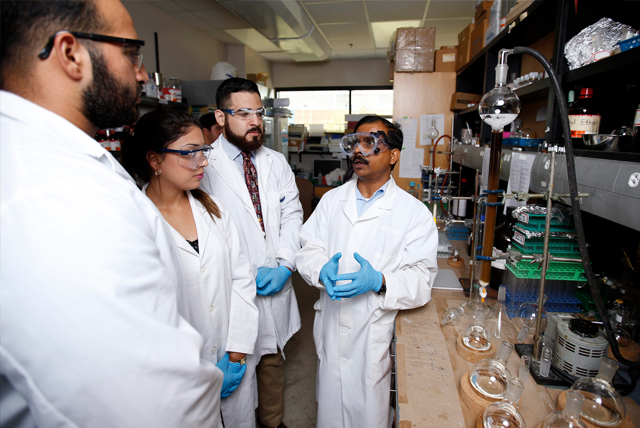An investigation of bacillus thuringiensis in rectal-collected fecal samples of cows
Document Type
Article
Publication Date
11-2009
Abstract
In order to better understand the range and role of Bacillus thuringiensis (Bt) and its toxins in nature, we have undertaken a study of Bt taken directly from the rectum of 117 cows from 37 farms on the Caribbean island of Trinidad. Thirty-seven fecal samples (32%) were found to contain at least one Bt. Generally only one or two isolates with a particular crystal morphology were isolated from any one sample, however, a few samples contained more, up to 11 isolates, suggesting post-ingestion amplification. Bioassays using larvae of Musca domestica, Caenorhabditis elegans and Tetrahymena pyriformis showed no observable toxicity in gross bioassays. Very small dot-like parasporal bodies, not generally characteristic of Bt, were isolated from 44% of the samples, which in many instances appeared unstable and whose relation to Bt Cry protein-containing parasporal bodies is unknown. In conclusion, we find little evidence for a host adapted strain of Bt in the cows examined, nor toxicity to organisms that might logically be associated with either the cow or its feces. The presence of a large number of isolates containing small dot-like parasporal bodies, possibly either poly-beta-hydroxybutyrate storage bodies or Cry proteins, was unexpected and merits further investigation.
Recommended Citation
Ammons, D.R., Reyna, A., Granados, J.C. et al. An Investigation of Bacillus thuringiensis in Rectal-Collected Fecal Samples of Cows. Curr Microbiol 59, 532–536 (2009). https://doi.org/10.1007/s00284-009-9472-1
Publication Title
Current Microbiology
DOI
https://doi.org/10.1007/s00284-009-9472-1



Comments
Reprints and Permissions
https://rdcu.be/dkNsD